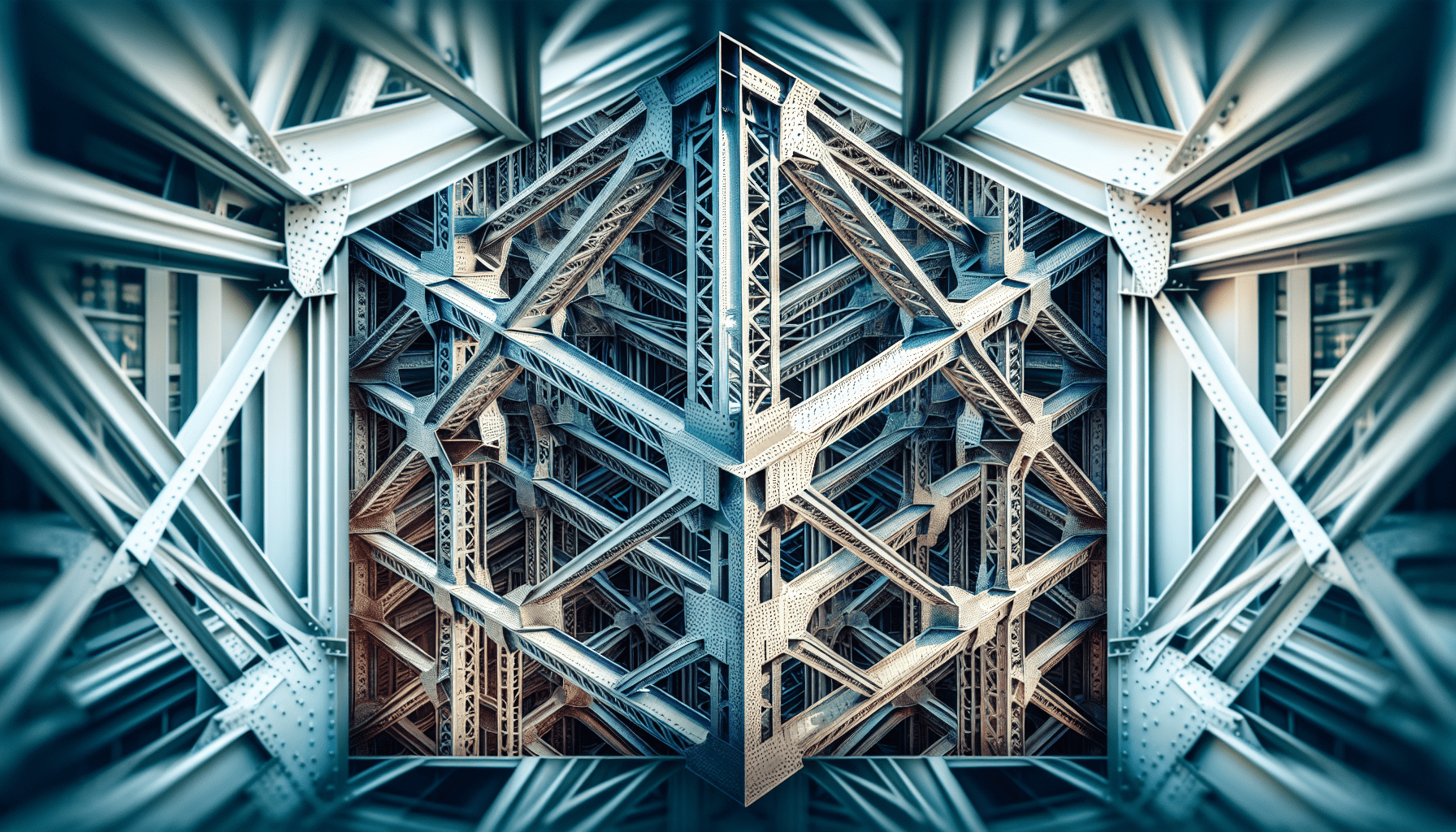Imagine standing at the foot of the towering Home Insurance Building, the world’s first skyscraper. As you gaze up at its magnificent structure, the question arises: what was the purpose of its unique frame? This article takes you on a journey through time to discover the innovative design choices and engineering marvels that made this iconic building possible. From the origins of its frame to the lasting impact it had on the future of architecture, prepare to be fascinated by the secrets held within this towering symbol of human ingenuity.
Introduction
The Home Insurance Building, located in Chicago, is widely recognized as a pioneering architectural marvel that revolutionized the way skyscrapers were constructed. Built in 1885, it stood as a testament to ingenuity and innovation, laying the foundation for modern skyscraper design. The frame of the Home Insurance Building played a crucial role in its historical significance, architectural innovation, structural stability, vertical expansion, spatial efficiency, fireproof construction, architectural aesthetics, economic considerations, and its lasting legacy and influence.
Historical Significance
The Home Insurance Building holds immense historical significance as it marked a turning point in architectural design and construction techniques. It was the world’s first building to utilize a steel skeleton frame, which allowed for unprecedented vertical growth. This groundbreaking approach to construction was the catalyst for a new era of skyscraper design that would forever transform city skylines around the world. The Home Insurance Building became a symbol of progress and ingenuity, leaving an indelible mark on architectural history.
Architectural Innovation
At the heart of the Home Insurance Building’s architectural innovation was its unique frame design. Designed by architect William Le Baron Jenney, the building utilized a steel skeleton frame, a revolutionary technique at the time. This frame system, consisting of steel beams and columns, provided unparalleled strength and durability, allowing the building to reach unprecedented heights. Additionally, the Home Insurance Building introduced the curtain wall system, which replaced traditional load-bearing walls with non-structural, glass-covered facades. This innovation allowed for greater flexibility in design and improved natural light penetration.
Structural Stability
The frame of the Home Insurance Building played a critical role in providing structural stability. The steel skeleton frame, combined with innovative engineering techniques, allowed for the even distribution of gravity loads, ensuring the building’s stability under immense weight. Additionally, bracing and load-bearing components were strategically incorporated into the frame design to counteract lateral forces caused by wind loads. This intelligent engineering prevented collapse and ensured the building’s safety in the face of adverse weather conditions.
Vertical Expansion
One of the remarkable advantages of the Home Insurance Building’s frame was its ability to facilitate vertical expansion. Due to the steel skeleton frame’s strength and adaptability, additional floors could be easily added to the building without compromising its stability. This vertical expansion drastically increased the building’s height, allowing for greater occupancy and utilization of space. The ability to grow vertically not only enhanced the building’s functionality but also maximized its profitability, making it an attractive option for commercial tenants.
Spatial Efficiency
The frame design of the Home Insurance Building played a crucial role in achieving exceptional spatial efficiency. By utilizing the steel skeleton frame, interior columns were minimized, freeing up valuable floor space. This absence of interior columns allowed for open floor plans and flexible layouts, enabling businesses to customize their office spaces to suit their specific needs. The efficient utilization of space made the Home Insurance Building an attractive option for tenants seeking modern and adaptable work environments.
Fireproof Construction
The Home Insurance Building’s frame design was instrumental in implementing fireproof construction methods. The use of steel for the frame reduced the risk of structural damage in the event of a fire. In addition, fire-resistant materials were incorporated into the construction, including fireproof floors and walls. These measures provided protection against fire hazards, ensuring the safety of occupants and minimizing the potential for fire-related damage. The fireproof construction of the Home Insurance Building set a precedent for future buildings, prioritizing the well-being of occupants.
Architectural Aesthetics
The frame design of the Home Insurance Building greatly influenced its architectural aesthetics. The use of a steel skeleton frame allowed for the creation of sleek and slender profiles, giving the building a visually impactful exterior. The vertical lines created by the frame added a sense of grandeur and elegance to the building’s appearance. Furthermore, the integration of the curtain wall system contributed to the building’s unique appearance, allowing for a seamless blend of form and function. The architectural aesthetic of the Home Insurance Building set a precedent for modern skyscrapers, emphasizing both utilitarianism and visual appeal.
Economic Considerations
The Home Insurance Building’s frame design had significant economic advantages. The utilization of cost-effective construction materials, such as steel, reduced construction costs compared to traditional masonry buildings. This affordability made the building an attractive investment for developers. Furthermore, the vertical expansion made possible by the frame design increased the building’s rental and leasing potential, generating higher income for property owners. The economic considerations of the frame design made the Home Insurance Building a financially rewarding venture.
Legacy and Influence
The Home Insurance Building’s frame continues to hold a significant influence in modern architecture. Its pioneering use of a steel skeleton frame inspired subsequent skyscrapers worldwide. Architects and engineers have drawn inspiration from its innovative design, refining and adapting it to suit contemporary construction practices. Moreover, the Home Insurance Building revolutionized urban landscapes by setting the stage for the vertical growth of cities and the development of iconic skylines. Its legacy as the world’s first true skyscraper ensures its continued influence in the field of architecture.
